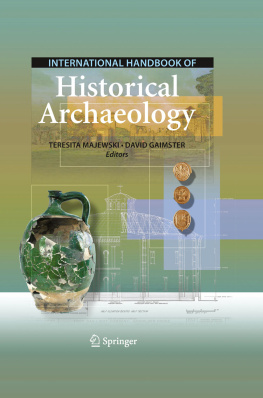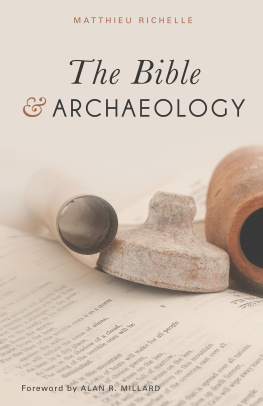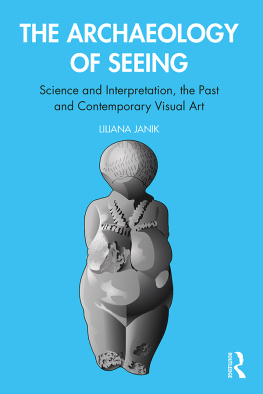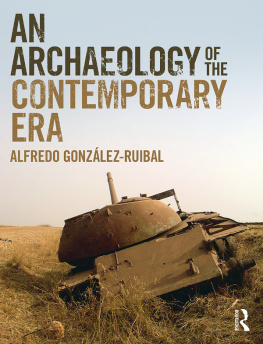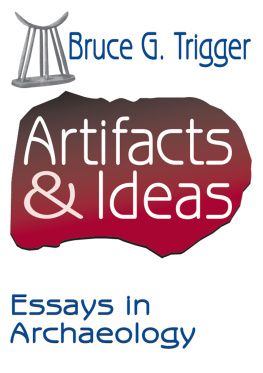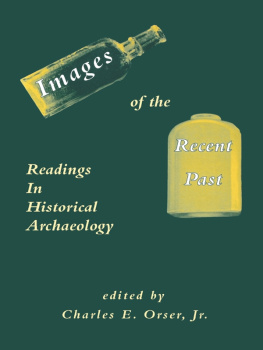Teresita Majewski (editor) - International Handbook of Historical Archaeology
Here you can read online Teresita Majewski (editor) - International Handbook of Historical Archaeology full text of the book (entire story) in english for free. Download pdf and epub, get meaning, cover and reviews about this ebook. year: 2009, publisher: Springer, genre: Politics. Description of the work, (preface) as well as reviews are available. Best literature library LitArk.com created for fans of good reading and offers a wide selection of genres:
Romance novel
Science fiction
Adventure
Detective
Science
History
Home and family
Prose
Art
Politics
Computer
Non-fiction
Religion
Business
Children
Humor
Choose a favorite category and find really read worthwhile books. Enjoy immersion in the world of imagination, feel the emotions of the characters or learn something new for yourself, make an fascinating discovery.
- Book:International Handbook of Historical Archaeology
- Author:
- Publisher:Springer
- Genre:
- Year:2009
- Rating:4 / 5
- Favourites:Add to favourites
- Your mark:
International Handbook of Historical Archaeology: summary, description and annotation
We offer to read an annotation, description, summary or preface (depends on what the author of the book "International Handbook of Historical Archaeology" wrote himself). If you haven't found the necessary information about the book — write in the comments, we will try to find it.
In studying the past, archaeologists have focused on the material remains of our ancestors. Prehistorians generally have only artifacts to study and rely on the diverse material record for their understanding of past societies and their behavior. Those involved in studying historically documented cultures not only have extensive material remains but also contemporary texts, images, and a range of investigative technologies to enable them to build a broader and more reflexive picture of how past societies, communities, and individuals operated and behaved. Increasingly, historical archaeology refers not to a particular period, place, or a method, but rather an approach that interrogates the tensions between artifacts and texts irrespective of context. In short, historical archaeology provides direct evidence for how humans have shaped the world we live in today.
Historical archaeology is a branch of global archaeology that has grown in the last 40 years from its North American base into an increasingly global community of archaeologists each studying their area of the world in a historical context. Where historical archaeology started as part of the study of the post-Columbian societies of the United States and Canada, it has now expanded to interface with the post-medieval archaeologies of Europe and the diverse post-imperial experiences of Africa, Latin America, and Australasia.
The 36 essays in the International Handbook of Historical Archaeology have been specially commissioned from the leading researchers in their fields, creating a wide-ranging digest of the increasingly global field of historical archaeology. The volume is divided into two sections, the first reviewing the key themes, issues, and approaches of historical archaeology today, and the second containing a series of case studies charting the development and current state of historical archaeological practice around the world. This key reference work captures the energy and diversity of this global discipline today.
Teresita Majewski (editor): author's other books
Who wrote International Handbook of Historical Archaeology? Find out the surname, the name of the author of the book and a list of all author's works by series.

